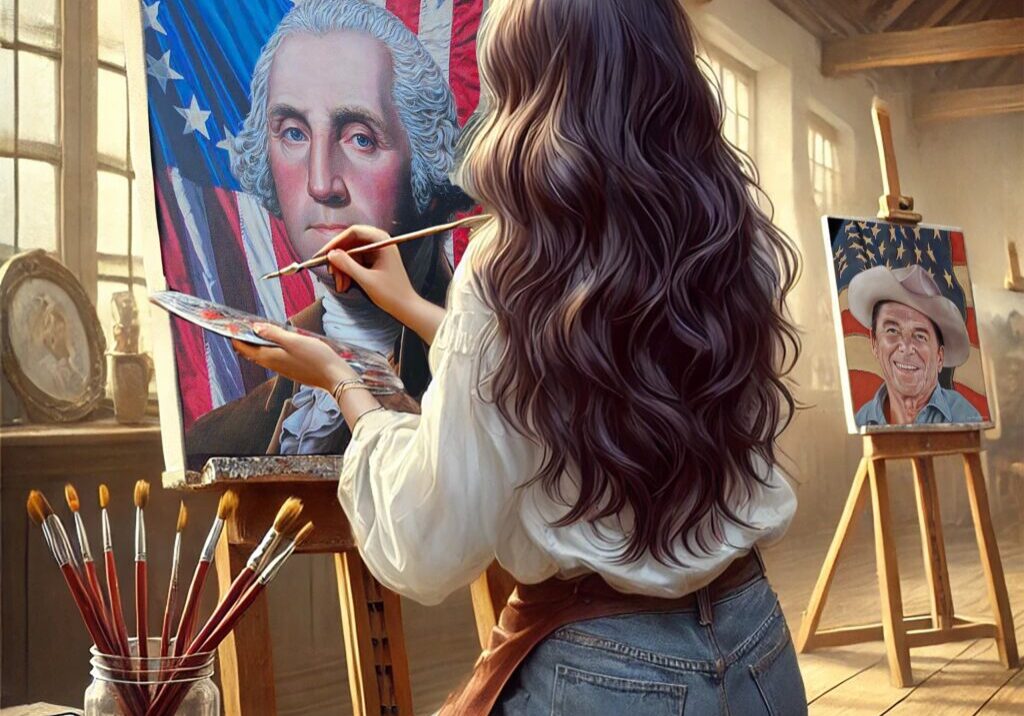
Ink and Uprising: Revolutionary War Newspapers as Visual Resistance
Before there was a flag, there was a page. Before armies stood in formation, lines of type marched defiantly across hand-pressed paper. In the years leading up to the Revolutionary War, the most powerful weapons weren’t muskets or cannons – they were ideas, printed and reprinted by candlelight on battered presses in basements and barns. The early American newspaper was more than a medium. It was a manifesto in motion. Newspapers in the colonies were not neutral observers. They were agitators. Printers like Isaiah Thomas, Benjamin Edes, and John Gill didn’t just record history – they helped make it. With every edition of the Massachusetts Spy or the Boston Gazette, they sharpened the language of dissent, rallied the townsfolk, and shaped the soul of the resistance. Their presses were not just tools of trade – they were targets. British loyalists saw them as dangerous provocateurs, and they were right to be worried. The design of these papers – often overlooked today – was part of their arsenal. Typeface was weaponized. Layouts were designed to provoke. Oversized headlines, full-width block quotes, and dramatic woodcuts weren’t just aesthetic flourishes; they were visual calls to arms. Revere’s infamous engraving of the Boston Massacre was published not to inform, but to incite. It wasn’t accurate, but it was effective. It traveled colony to colony like wildfire – an image that bypassed debate and lit the fuse of collective fury. That engraving is echoed in the mural’s Freedom section, where flying handbills, partially legible headlines, and fluttering news sheets swirl around the central Liberty Pole. They may seem like decorative details – but they’re not. They represent a communication network that reached across vast distances, faster than troops could march. These pages were the nervous system of the Revolution. Even silence was part of the language. When the Stamp Act made it illegal to criticize the Crown in print, some papers left entire columns blank in protest. These empty spaces became political statements – absences that demanded attention. Others embedded code into their pages, with pseudonyms, subtle slants in phrasing, or typeset anomalies that loyal readers had learned to decipher. In many ways, early American newspapers pioneered what today we might call subversive design. And then there was the ink itself – dense, smudged, and stubborn. Colonial printers worked with imperfect tools: coarse paper, handmade type, and inky rollers that sometimes bled or skipped. But those imperfections made each copy feel urgent, alive. The smell of it. The texture. These were not museum pieces – they were meant to be read, passed, argued over, and clutched tight in trembling hands. A single copy could travel through multiple households, taverns, or even across town lines before it finally tore apart. That physicality – the sweat, pressure, and ink – returns in your mural’s depiction of the press as more than metaphor. Look closely and you’ll find a folded sheet pinned to a tavern wall, half- shadowed. Another lies beneath a pair of boots, trampled but not unreadable. These visual cues remind us that liberty was often proclaimed in ephemera – temporary things that left permanent marks. Symbols, too, played their part. A severed crown, a rattlesnake, a coffin draped in black. These motifs, printed beside the news or embedded in mastheads, were part of the visual vocabulary of resistance. They delivered meaning at a glance, long before the reader reached the body text. Just as modern protest signs must communicate quickly and powerfully, so too did these colonial prints. The British saw this clearly. They raided print shops, burned papers, and jailed outspoken printers. But for every press shut down, another sprang up. Print was unkillable because it was repeatable. Even when words were banned, the idea of America found new ways to speak. In your mural, a single handbill floats upward near the border between Freedom and Progress. It’s untethered, midair, perhaps caught in wind – or perhaps in ascent. It represents more than journalism. It represents momentum. The belief that once a population begins to speak – clearly, boldly, and repeatedly – tyranny cannot hold. The newspaper of the 1770s wasn’t perfect. It was messy, partisan, and occasionally reckless. But it understood something essential: ideas, once printed, spread. They grow teeth. They gather followers. They build nations. And in that sense, every page was a battlefield.

